D-Photo Magazine Article
Within the walls of the Old City of Jerusalem
September 08, 2016/ Lara Wyatt – D-Photo
It’s not hard to see why the Old City of Jerusalem captured Ilan Wittenberg’s attention. It is beyond anything I have ever witnessed before. It’s a place with more than 2000 years of history, all bricks and iron gates, and tiny shops packed floor to ceiling with cultural items, souvenirs, religious artefacts, and day-to-day requirements, all up for sale. And then there are the merchants with very few smiles but plenty of pride and honour.
“They’re not happy, you can see that … but they are serious for a good reason: the economy is slow. But it’s who they are, this is their natural way. If you see people on the street, most are not smiling, and these people have seen their own share of hardship,” Wittenberg explains emphatically about the merchants.
It was during a family trip to Israel that they all went on a trip to the Old City of Jerusalem and came across the capital of Israel. “Usually I go with my camera and do my own stuff, but this time I said no, I’ll be part of the family,” he says, remembering. “I needed a strong collection of photographs to submit as a portfolio for my fellowship application to the Photography Society of New Zealand — and then I saw the huge potential there. It opened my eyes only when I got there, even though I’d been there many times in the past. It was interesting — the ancient streets, the people, the merchants, the mosques, the churches — it really is interesting.”
Adamant that this trip would be about family bonding rather than stopping to pull out his camera all the time to the dismay of his family, Wittenberg had to delay the spark of an idea that was forming in his mind for another day: “I said to myself, OK, I’ll go back again, and I extended my stay just a little bit longer. My wife hates it when I stop and take photos, she simply keeps walking while I stay behind. It’s not really enjoyable to walk with me, because I stop and I start talking to people — I could spend half an hour just photographing a wall. So, it really is just no fun … I accept that, so I made four other trips to Jerusalem … it was important to me.”
With each trip, he packed his Sony 7R and set about wandering the streets, entering many stores and speaking, or, if necessary, miming, to the merchants to gain their permission to take their photo.
Wittenberg didn’t want to portray the merchants in any way other than their natural state. He did not set about posing them — other than a few very rare situations in which he needed to raise someone’s arm to get the composition of the image right — he did not ask them to smile, he only used the lighting available (no flash and no tripod), and he didn’t create a photo-shoot atmosphere. Most of the time he would only take a single image, then put his camera away. On one occasion, though, he disobeyed all these rules when he was trying to take a photo of a man working in a traditional coffee shop, but it achieved a beautiful result.
“It was extremely dark and grimy,” Wittenberg recalls. “He became a little embarrassed because I took so many photos of him, because, to be honest, they weren’t all in focus and there was such bad light. I think he was joking with the people behind him that he was a model, that he was now a movie star. You can see the movement of his hand — that’s how slow the shutter speed was. It’s like a gamble when I take these photos; some are as slow as 1/30s, using high ISO because of the dim light.”
With a cold atmosphere and a lack of customers filtering through the city, an air of tension is bred, and Wittenberg put out all the right signals he could to ensure he did not incite any trouble during the course of his roaming the streets and photographing.
“When I travel there, I am a proud New Zealander, which removes a lot of tension. People are relaxed and agree to have their portrait taken. I am also an Israeli, but I have to be careful not to mix politics in, because, if they knew that, it may create unnecessary tension. Some wouldn’t be as natural with the camera or wouldn’t allow me to photograph them. I walk the dark and empty streets at night, by myself — it could become dangerous too. If you say you’re from New Zealand, ‘Oh, Kiwi, welcome!’. Part of the problem, is that there are very few customers, very little foot traffic, because there is a lot of stress in this region — wars, religious tension, and ongoing conflict, which scares tourists away,” he explains.
But after showing his work to people and entering it into awards, including the Epson / New Zealand Institute of Professional Photography (NZIPP) Iris Professional Photography Awards at which he was named a finalist and his images received a silver award, many tell Wittenberg that they want to go there. “Not just because of the photos,” he says, though. “They’ve always wanted to visit the holy land, so even though these are not always happy faces, people say, ‘Wow, that’s such a different culture’.”
In terms of how the Faces of Jerusalem photographs work as a series, Wittenberg is quick to point out how the sepia toning of the images was a way to give them a timeless look while also ensuring they had a consistent and uniform appearance.
“If I was actually trying to put these in colour — which is nice to be able to see the colourful merchandise — then the faces would turn out yellow, orange, or pink because of the different light sources; some are fluorescent and some are ambient … I can remove the issue of different colours of their faces this way, or it would have been very distracting,” Wittenberg explains.
Titirangi’s Te Uru Waitakere Contemporary Gallery exhibited Faces of Jerusalem during early 2016, fulfilling Wittenberg’s goal of bringing the series to an audience to experience. “I want people to see it, it’s a rare opportunity to see large prints,” he says. “People who come to the exhibition will be able to gain more insight … most have never been in this sort of environment. You are actually there, you can see how they live and how they play, and you can see their faces — they tell a story.”
At the 2016 Cathay Pacific Travel Media Awards, Wittenberg’s Faces of Jerusalem series of photographs saw him win the Travel Photographer of the Year award.


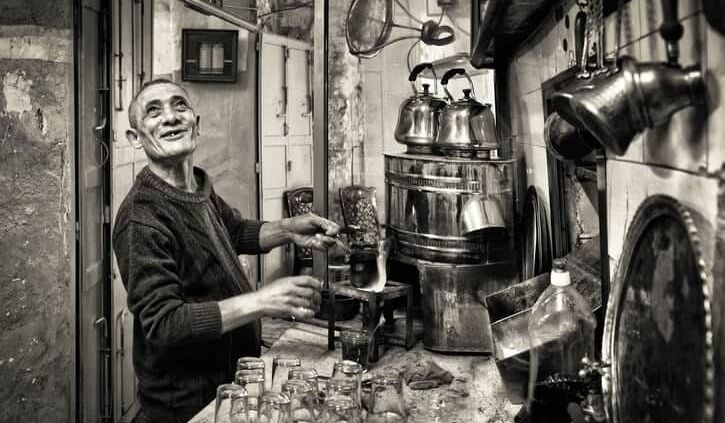 (c) Ilan Wittenberg
(c) Ilan Wittenberg 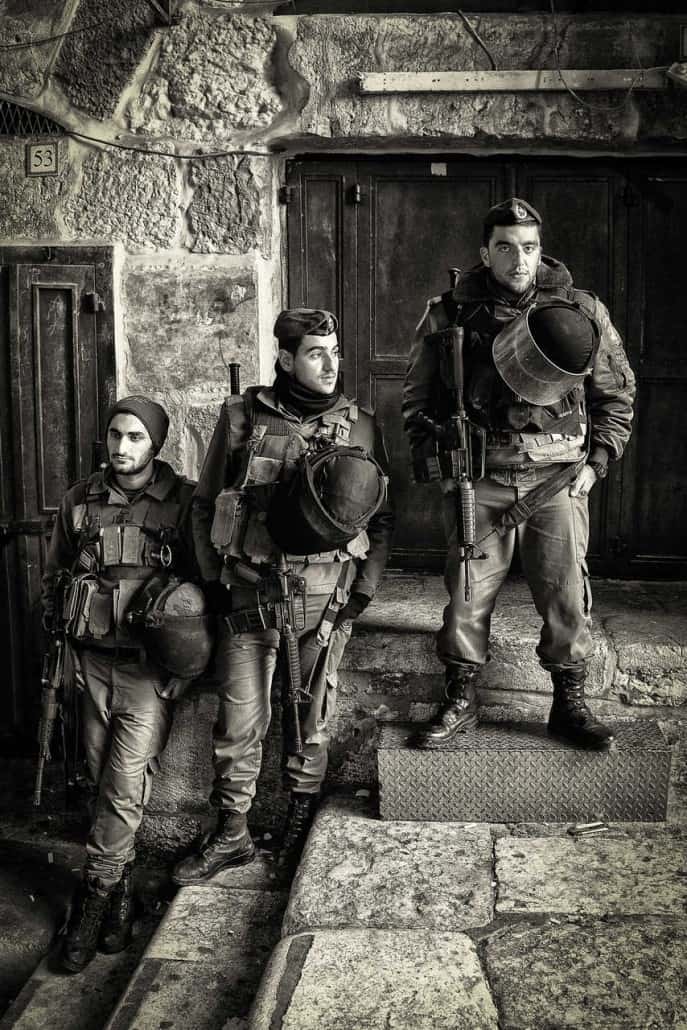
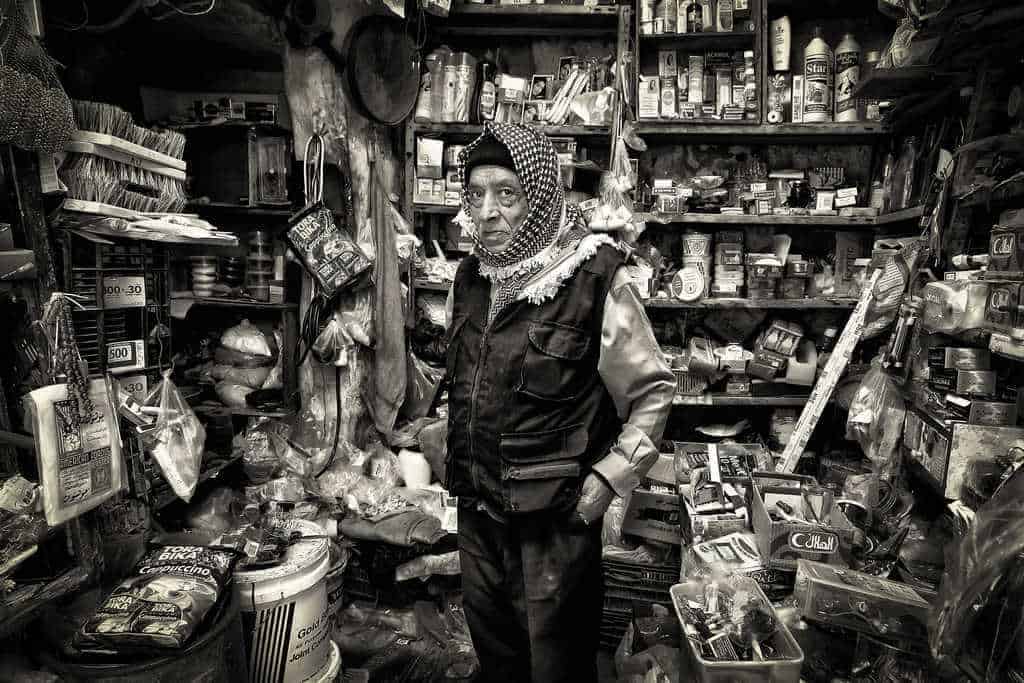


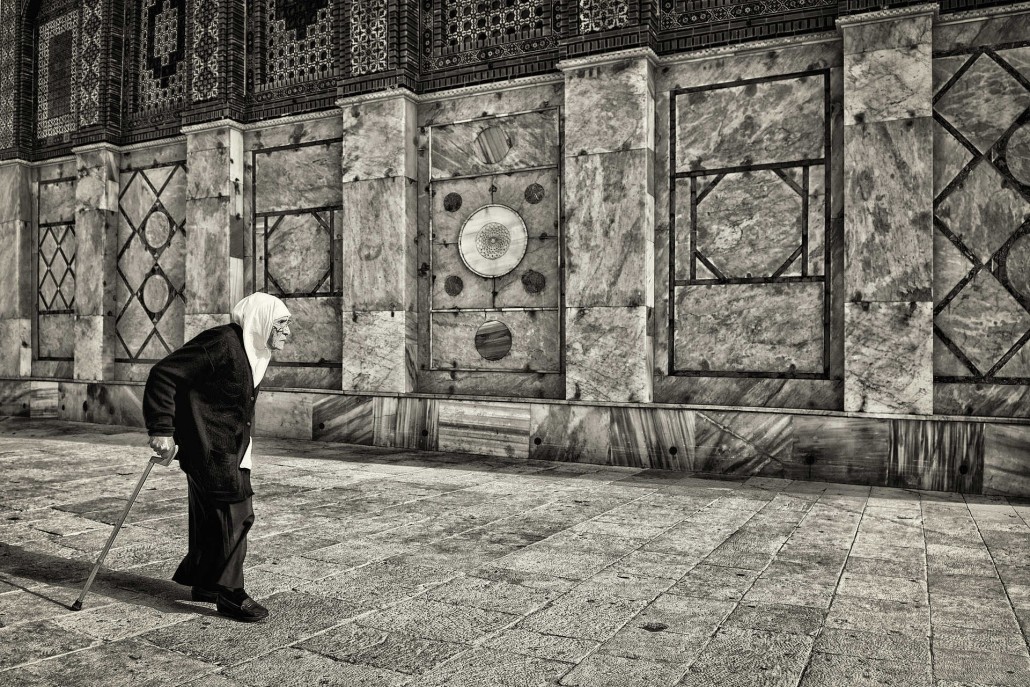
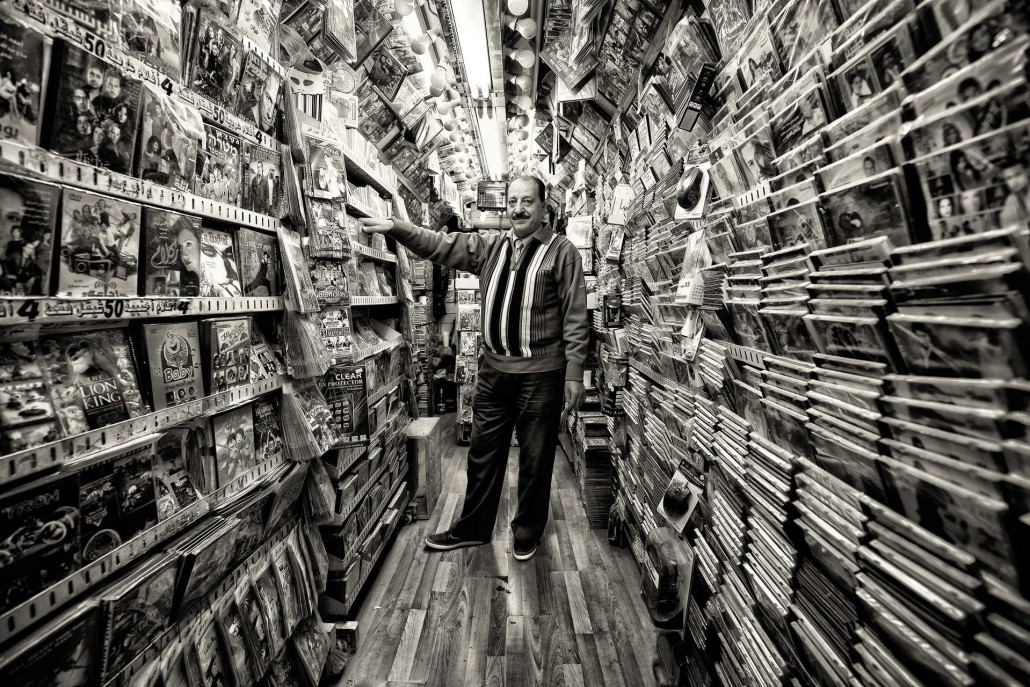

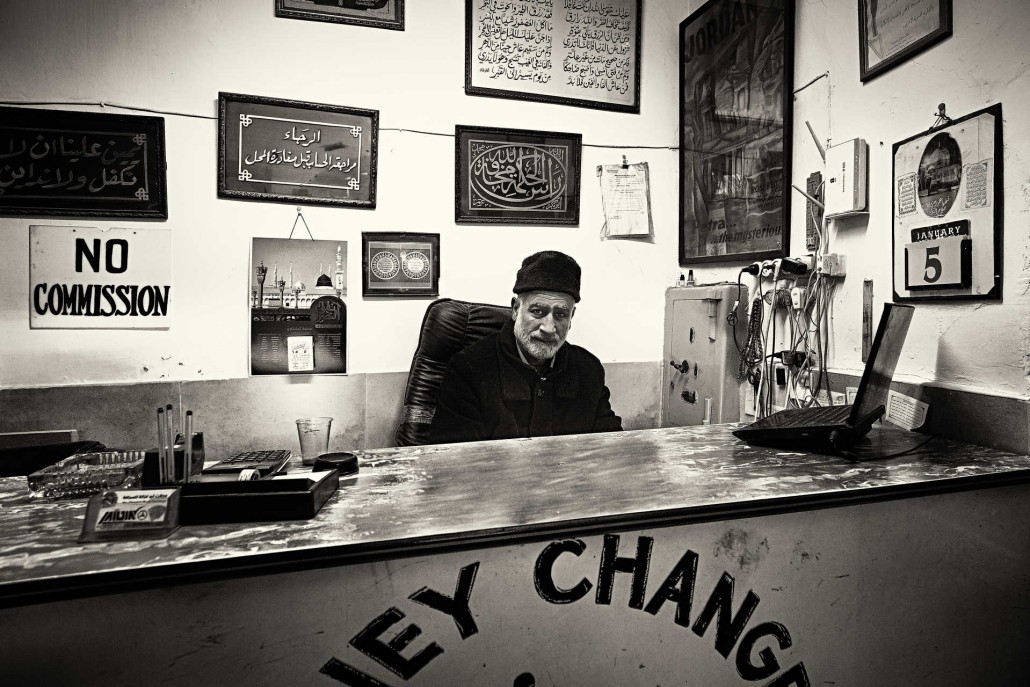
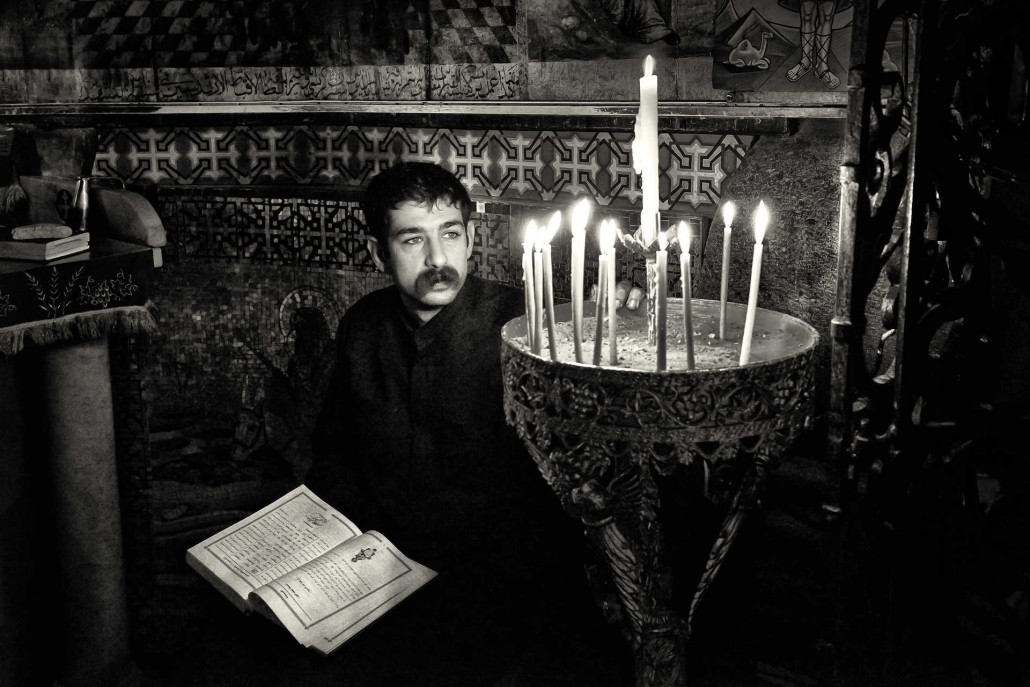


Leave a Reply
Want to join the discussion?Feel free to contribute!